Cassini prepares for its final, suicidal mission
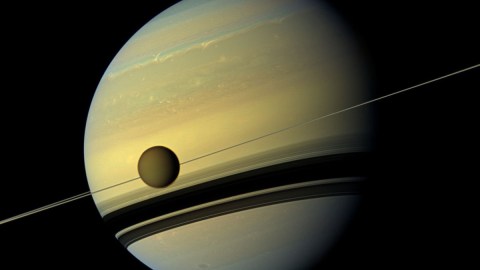
After nearly 20 years in orbit around Saturn, Cassini prepares to say goodbye.
“All the atoms of our bodies will be blown into space in the disintegration of the solar system, to live on forever as mass or energy.” –Carolyn Porco
In 1997, NASA’s Cassini spacecraft was launched for a journey to Saturn, where it would study our Solar System’s ringed world as never before.

It delivered beyond our wildest expectations, presenting breathtaking new views of the least dense planet known.
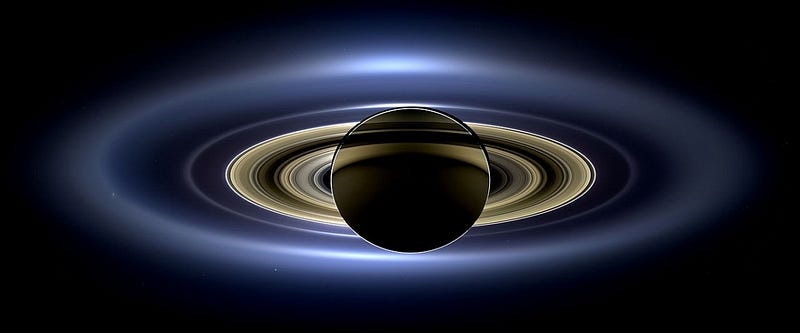
It viewed Saturn in eclipse, discovering two new, outer rings in the process.
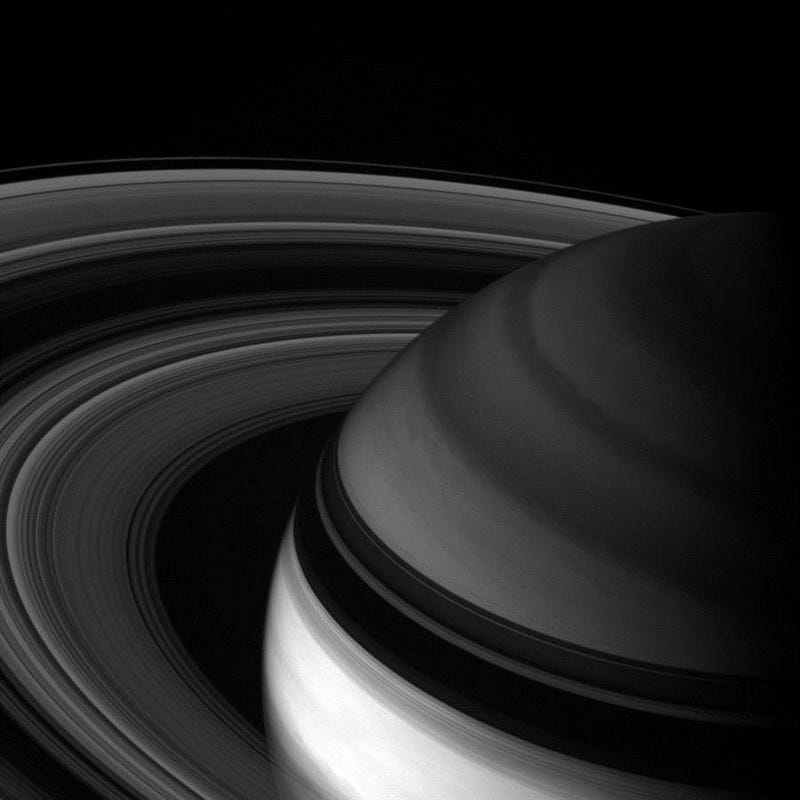
Its infrared eyes viewed Saturn’s hazes beneath the top-level clouds.
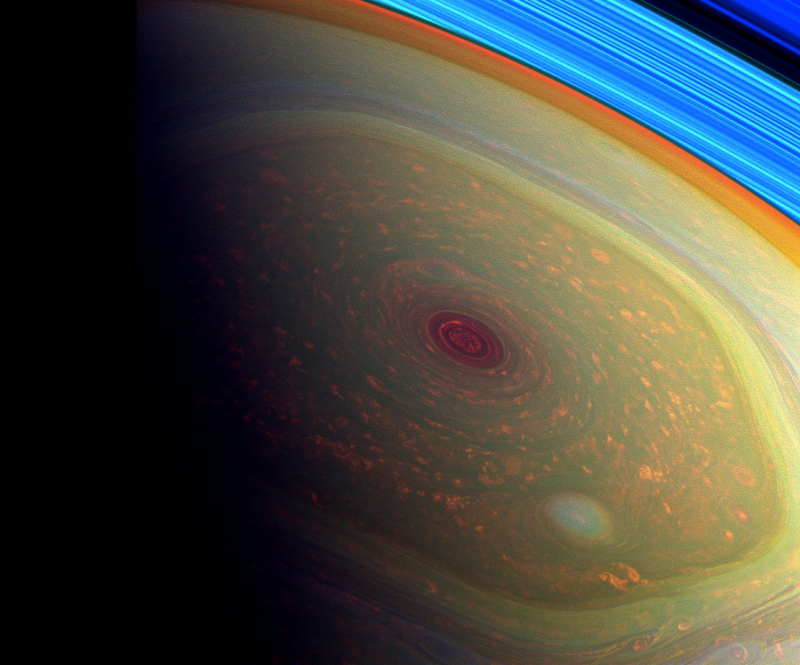
The north pole of Saturn was found to possess a strange hexagonal storm, thought to be stable over century-long timescales.
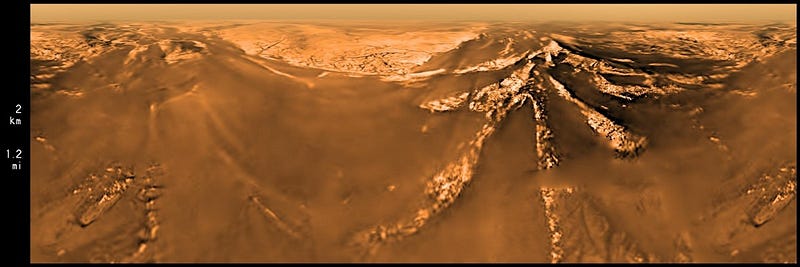
The Huygens probe released by it descended onto Titan, its largest moon, discovering an incredible landscape, liquid methane lakes and even waterfalls.
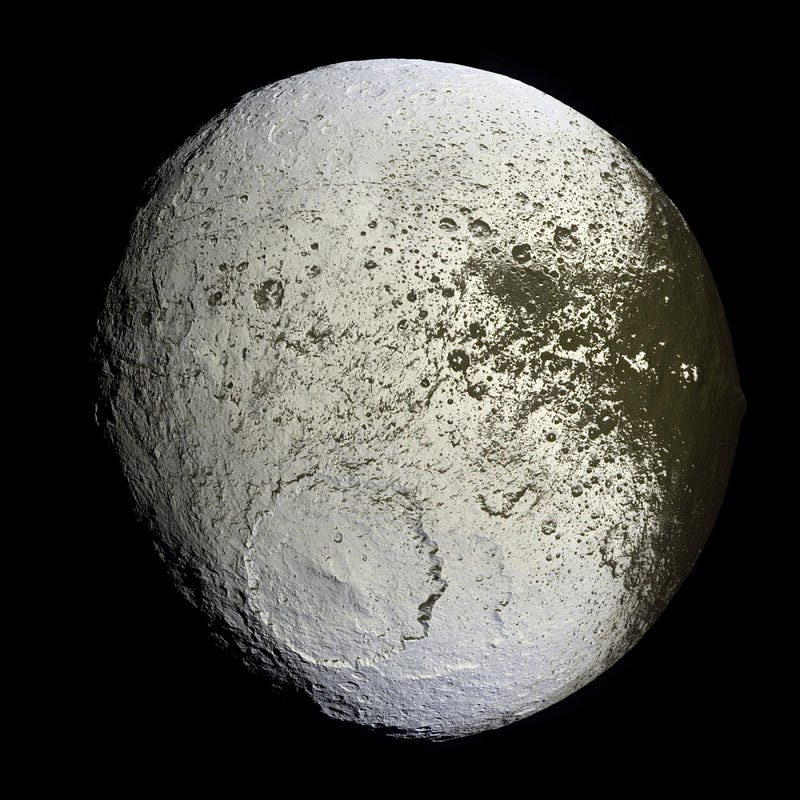
The mystery of Iapetus, its two-toned moon, was solved as well: dark material from the captured comet, Phoebe, causes the ice on one side to sublimate and settle on the other.
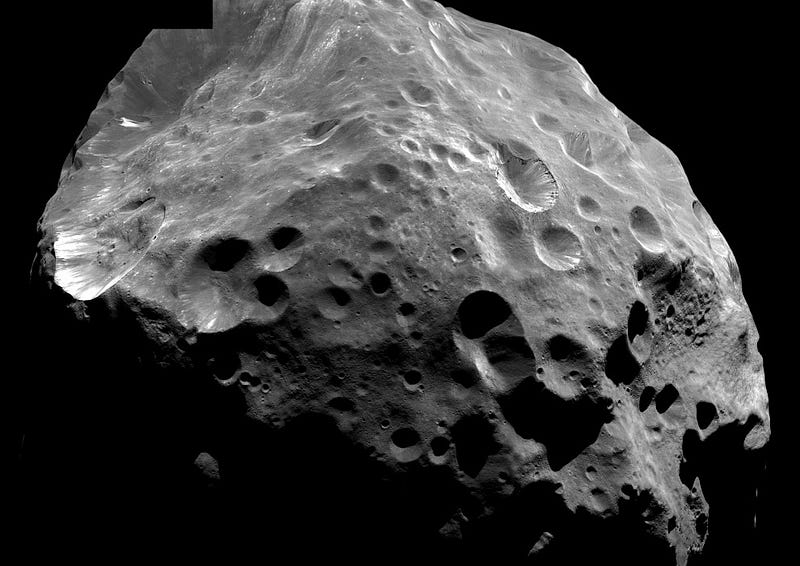
Enceladus, an icy, outer moon, was found to contain a subsurface water-ice ocean, which erupts in spectacular geysers.
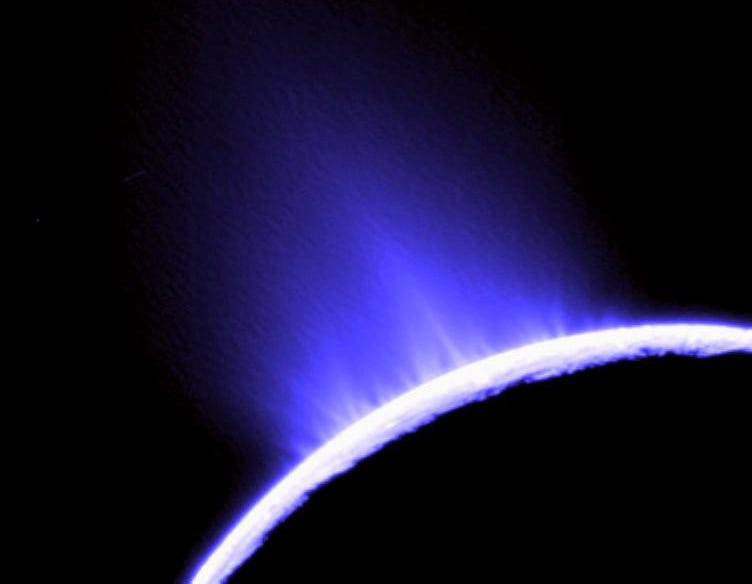
The rings were determined to be made up of 99.9% water-ice, and are at least hundreds of millions of years old.
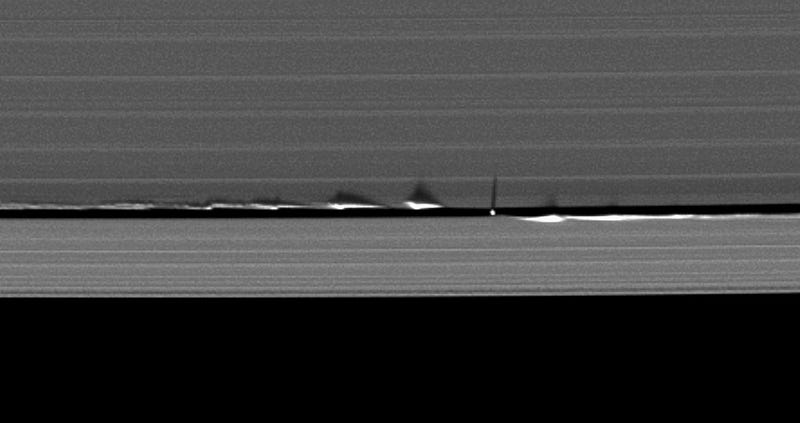
And finally, it discovered and viewed the largest storm in the Solar System’s known history: 2011′s Saturnian hurricane.
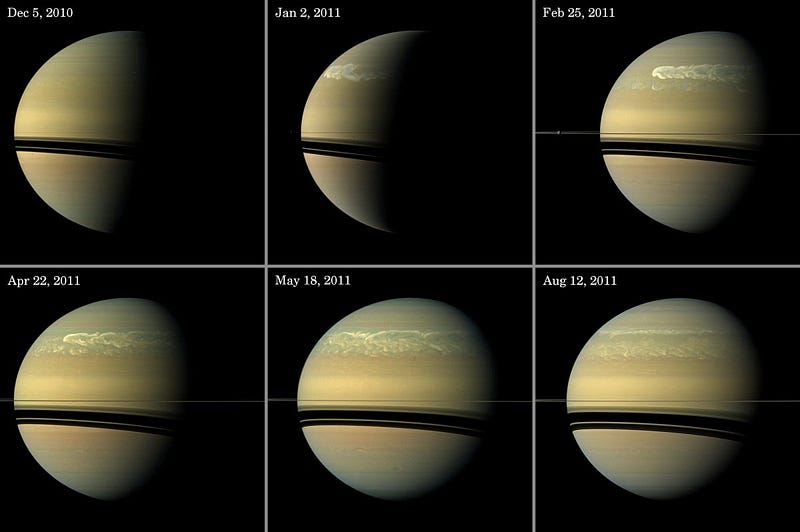
Mostly Mute Monday tells the story of a single astronomical phenomenon or object in visuals, images and video in no more than 200 words. Cassini will end its mission in 2017 by crashing into Saturn, thereby avoiding any possible contamination of moons with organics on them.
This post first appeared at Forbes, and is brought to you ad-free by our Patreon supporters. Comment on our forum, & buy our first book: Beyond The Galaxy!





